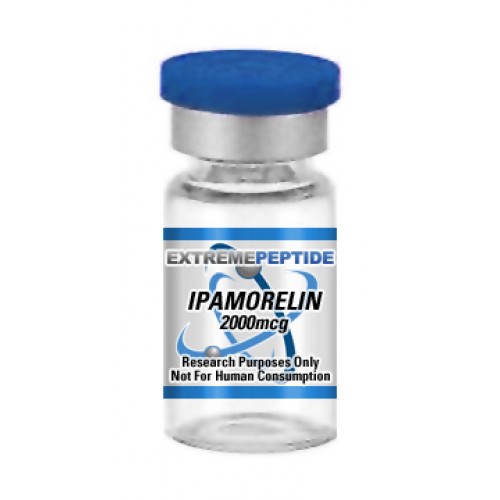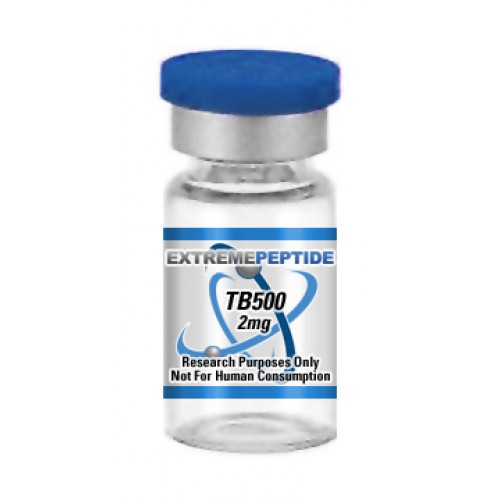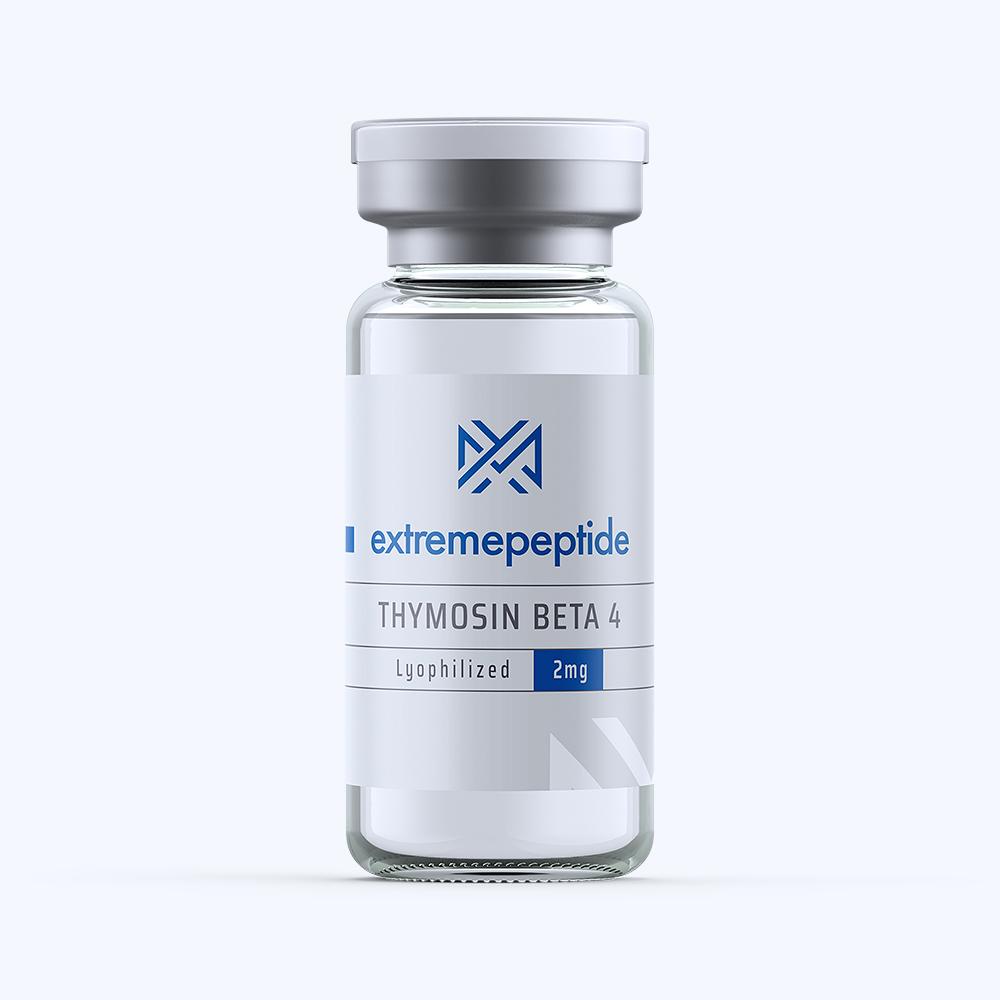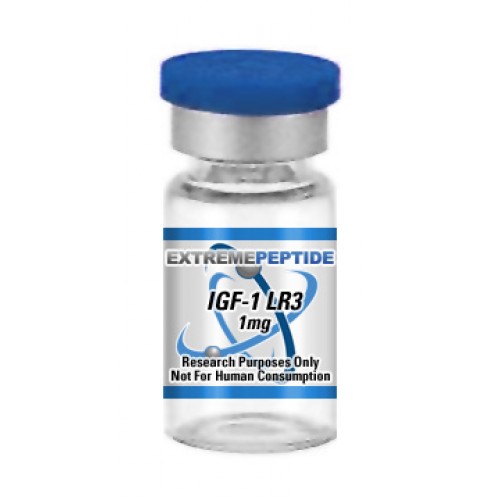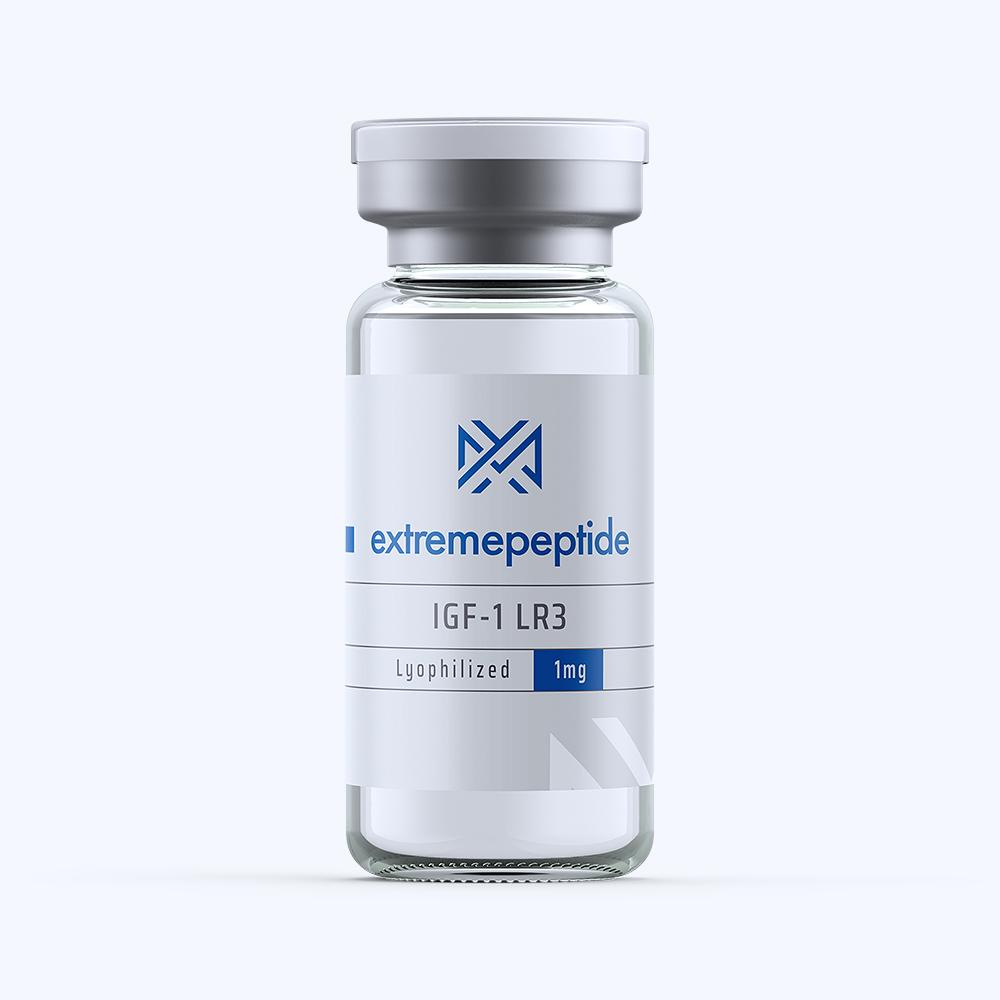The polypeptide Ipamorelin is a pentipeptide, meaning that its structure is comprised of five amino acids. It contains a molecular mass of 711.85296, and its molecular formula is C38H49N9O5. It can sometimes go by the alternate names Ipamorelin Acetate, IPAM, and NNC-26-0161. It is a secretogogue, and is considered to be an agonist, meaning that it possesses the ability to bind certain receptors of a cell and provokes a cellular response.
How Ipamorelin Works
According to scientific study that has been built around animal test subjects, it has been determined that Ipamorelin’s primary functionality is associate with the stimulation of the pituitary gland. This is the pea-sized gland that is located in the bottom of the hypothalamus at the base of the brain and is responsible for the regulation and control of a host of functions that relate to the endocrine system. Some of these functions include:
- Growth
- Functionality of the thyroid gland
- Regulation of temperature
- Regulation of blood pressure
- Functionality of sex organs
- Pain relief
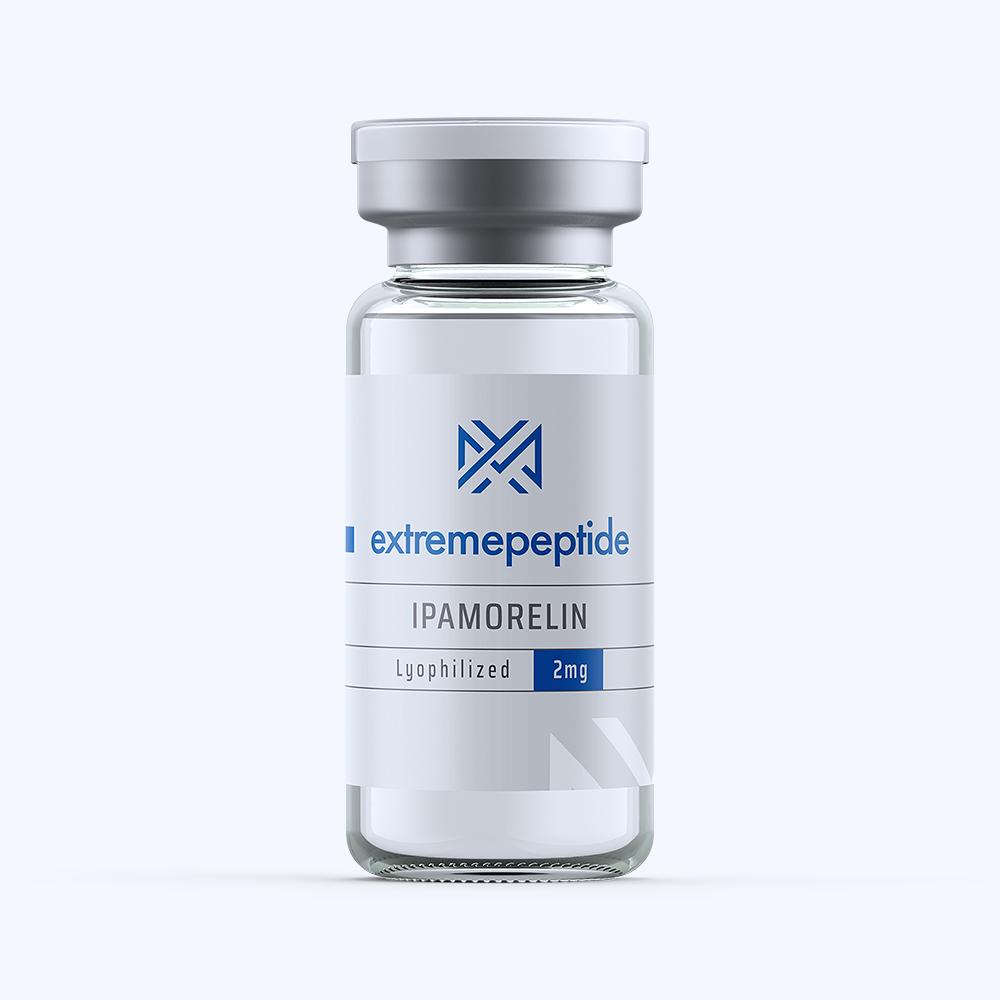
Specifically, Ipamorelin’s operational mechanics enables the peptide to stimulate the production of pituitary gland-based expression of secretions related to growth amongst animal test subjects. At the same time, the presence of the peptide has been shown to inhibit the production of a secretion known as somatostatin. In essence, this peptide is primarily responsible for inhibiting the production of growth secretions. Additionally, it has been determined that Ipamorelin has the ability to boost the production of IGF-1, or Insulin-like Growth Factor 1. This particular peptide, which is secreted by the liver, has been shown to be highly anabolic in its nature. What this means is, its presence plays a key role in the overall growth and repair of muscular and skeletal tissue.
Furthermore, scientific study on animal test subjects has concluded that Ipamorelin works to bind to major control points of gastric, appetite, and growth motility. Because of this particular point of functionality, it has been determined that the presence of the peptide does not cause an elevation in the levels of hunger within animal test subjects; a response that does occur in relation to some peptides that have a similar sense of functionality in relation to Ipamorelin.
Also, scientific study on animal test subjects has also shown that Ipamorelin does not significantly boost the production levels of cortisol. This is the hormone found within animal test subject that is responsible for raising blood sugar via the process of gluconeogenesis. It also does not significantly raise the production of prolactin; the hormones that play a key role in the regulation of immune system within an animal test subject, primarily as it relates to lactation in female animal test subjects.
Theoretical Benefits and Side Effects of Ipamorelin
The extensive study that has been conducted on animal test subjects has caused several benefits that relate to the presence of Ipamorelin to be hypothesized. Some of these theoretical benefits include the rejuvenation and strengthening of joints, the strengthening of connective tissue, a boost in the burning of adipose tissue (that is, body fat), skin tone improvement, and the strengthening of bone mass. These kinds of theorized positive benefits have led some of the scientific studies conducted on animal test subjects to determine that the peptide could play a fundamental role in the slowing down of the aging process.
Conversely, scientific study on animal test subjects has also been able to derive a handful of potentially negative side effects in relation to Ipamorelin’s presence. These side effects are thought to be mild in nature, and have primarily been known to consist of headaches and head rushes (that is, a feeling of light-headedness). That said, it has been determined that the presence of these negative side effects appear to be minimal, especially in relation to the number of theoretical benefits that have been linked to the presence of the peptide. Furthermore, it has been determined that the list of negative side effects are significantly shorter than the list of negative side effects that have been typically associated with other peptides that share similar operational mechanics and functionality, such as the peptide GHRP – 6.
